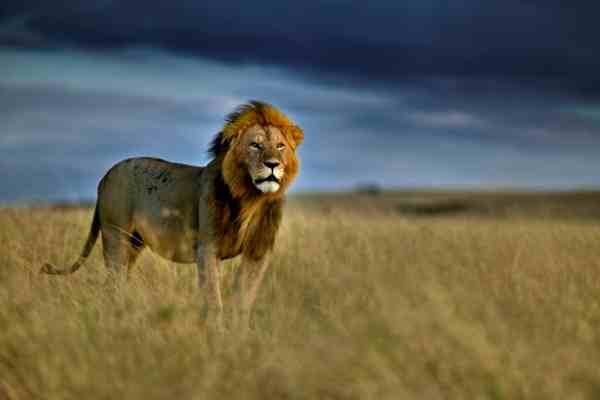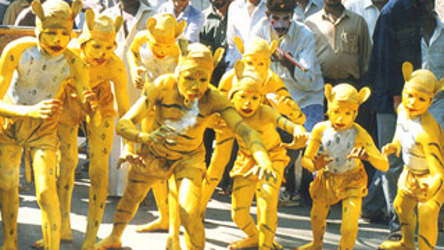How Tourism Is Killing Africa’s Lions

Cecil was just one of the thousands of lions whose welfare and existence is under threat from unethical tourism practices throughout Africa, reveals the animal charity World Animal Protection in a report launching today.
Many tourists are unwittingly creating a demand that, beyond the horrors of hunting, subjects wild animals to a lifetime of misery from the moment they are born. Across the world, animals are being taken from the wild and bred in captivity to be used in the tourist entertainment industry, according to World Animal Protection.
Lions, elephants, tigers and many more species are taken from their mothers at a young age and forced to endure cruel and intensive training to be used as photo props for tourist ‘selfies’ or for joy rides on their back as ‘jungle safaris’ – all in the name of entertainment. Some species, like lions, are also sold as disposable commodities and may end up in the hunting industry, reveals the charity.
[ Cecil Toy Created in Memory of Murdered Lion ]
Wild animals taken from the wild, or bred in captivity, for the tourism industry not only live in unacceptable captive conditions, they also endure cruel and intensive training.
For instance, all captive wild elephants go through an intense and stressful breaking-in process to accept having people ride on their necks and backs. Elephants can suffer daily pain and discomfort from being saddled, overburdened with heavy passengers, constant interaction with people and from being tired and overworked. Overworked animals are prone to illness and injury and may also become aggressive, often requiring forceful or severe handling by people to make them work.

Much of this abuse takes place behind the scenes and tourists are often unaware of how tired or stressed the animals really are. Sadly the trade is growing globally. Cruel wildlife tourism attractions are rife across South-East Asia and spreading quickly to Africa. The tourist demand for wildlife experiences is driving the animal entertainment industry.
World Animal Protection has major concerns about the welfare of lions in captivity:
- Young cubs are separated from their mothers, sometimes only a week after they are born, to begin their ‘training’ to be safe for tourist handling
- They are presented to tourists, constantly viewed and mishandled hundreds of times a day, which can lead to stress and injury
- They are typically punished using pain and fear in order to stop aggressive unwanted behaviour
- Large animals are often kept in small concrete enclosures and can be fed an inadequate diet – which doesn’t even meet their basic welfare needs
- These conditions can cause chronic stress making them more susceptible to disease.
World Animal Protection also fears for the fate of adult animals that are no longer of use as they become too large and dangerous for direct contact with tourists. Unlike other captive conservation programmes, commercial parks do not help to boost wild population numbers and so the animals can never be safely released into the wild.
Gajender Sharma, country director of World Animal Protection India says: “It is entirely credible that the lion cubs from your holiday ‘selfie’ may become the same animals that are later shot by trophy hunters.
“From the moment they are born, the young cubs are destined for a lifetime of misery. Many tourists are currently unaware that they are unwittingly fueling an industry that cares little for animals.
“By refusing to visit such parks and instead paying to see animals in the wild, you can help to end the demand that keeps this cruelty alive.”
World Animal Protection says it is building a global movement to put wildlife protection on the agenda and reduce the tourist demand for cruel animal entertainment attractions.
Photo courtesy: World Animal Protection





